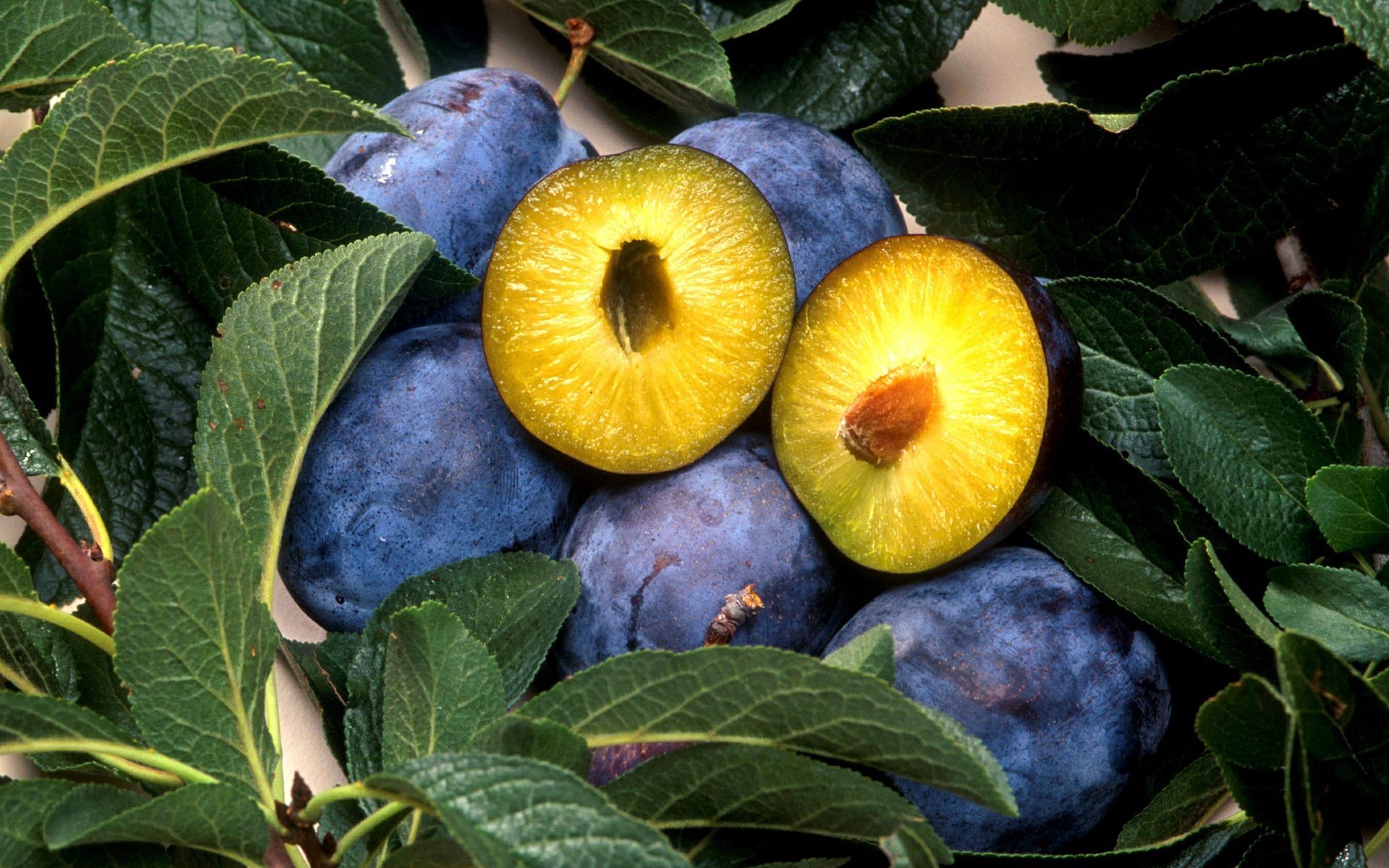In the past mainly varieties for drying and for brandy were grown, although the prune fruit are used with success and for the preparation of compotes, jams, fruit jellies and others. The demand for fresh and prune fruit and their cost for domestic needs and for export is increasing, therefore the contribution of yields from personal orchards is of importance.
Biological and botanical features
Most of the varieties of the home-grown prune (Kyustendil Blue Plum and some others) are distinguished with good growth force. It is in blossom before leaf growth. The varieties can be distinguished by the period of blooming, ripening of the fruit and the time of subrogation in fruit production. Usually, prune varieties come in production early and large yields can be received from them soon.
The prune develops well when winters are not very cold and summers are not very hot. In Bulgaria prune most often suffer from tipping frosts at the end of the winter and the beginning of spring. In the private farms the trees are usually better protected from the direct influence of cold air currents. Certain varieties have lot of requirements for the soil and the air humidity. The prune tree is most sensitive to drought about 20 days after the ending of blossoming when forms stones are formed. Dry wind can cause mass defoliation and fall of green fruit large as a hazelnut.
The prune develops well on the relatively heavy soils, containing a greater amount of clay, or with good wet preserving force soils. Grafted on wild plum pad easily adjust to different soils. It cannot withstanding the limy, salty and with a lot of clay transitional horizon of soils, as is frequently met in the mountainous and semi-mountainous areas.
Varieties
It is best to overlap more varieties with different period of ripening, as Ruth Gerschteter (early ripening variety), Аltan Rengloda, Green Rengloda, Stanley, large-fruit forms of the Kyustendil blue plum (Troyan 2 – 24, T-23, T-32, Dryanovo 6 and D-4), Моldava Early, Chachan Beauty, Anna Schpett, Opal, Osogova Large and others.
Cultivation
The prune is propagated mainly by grafting on wild plum( dzhanka) and other and plum pads. One-year-old prune trees are planted at a distance of 6 X 4 or 5 X 4 m. In the ranking of the varieties it shall be taken into account that there are requirements for mutual pollination and fertilization as some varieties as Ruth Gerschteter, Аltan Rengloda, etc., require foreign pollination. The Kyustendil Blue Plum can be grown and in single-sort plantations. Major problems arise due to massive infection of prune trees with the disease plum pox. Therefore only wholesome and clean from viruses propagating material must be used. Certain other diseases against which serious and systematic counter measures are required are: red leaf spots, rust, early and late brown rot. Serious damage is inflicted by the prune wasp, the fruit worm, aphids and shield scale, аcars and others, for the fight with which the advice from experts must be sought.
